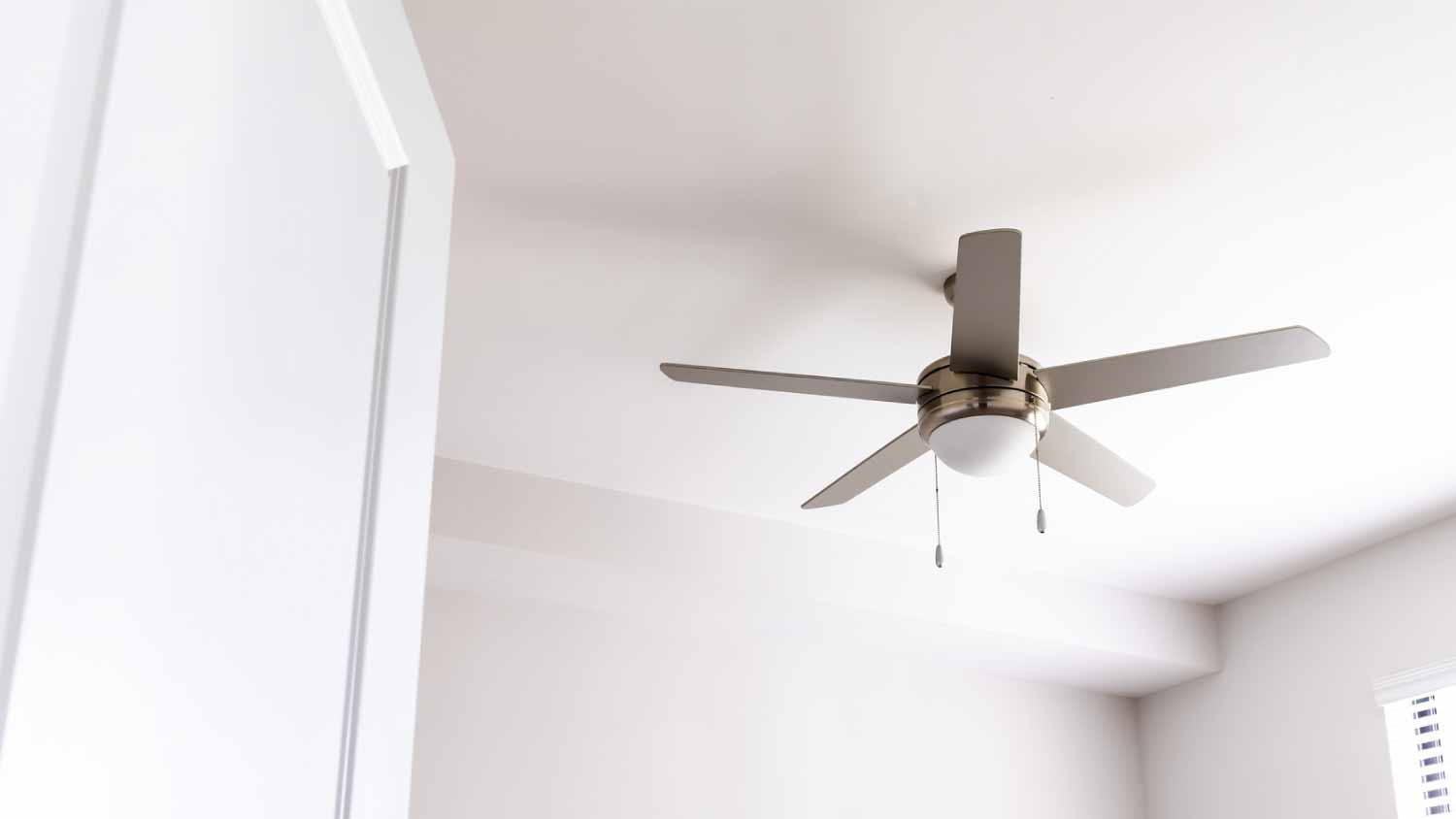What Is a Mini Split System and How Does It Work?
This ductless system is an energy-efficient way to heat and cool your home


Mini splits are ductless systems and use refrigerant lines to transfer hot and cold air.
You need to mount Individual units in the area where they control temperature.
You can only use mini splits in homes smaller than 2,500 square feet.
Mini split systems may not be as widely known as central AC systems, but they are excellent options for cooling and heating a home less than 2,500 square feet. Let’s dig into what a mini split system is, how it works, and if it’s the right heating and cooling system for you.
What Is a Mini Split System?
A mini split is a heating and cooling system that doesn’t require any ducts. It has two main components: an outdoor compressor and an indoor unit used to control the temperature of individual rooms. Since these systems don’t use ductwork, mini splits are often used in room additions where adding ductwork isn’t an option.
Mini split units also need to be mounted to the wall, ceiling, or the floor of the space where they regulate the temperature.
How Do Mini Splits Work?
A mini split system allows each room or area to have an individual fan and evaporator unit to handle the area’s temperature regulation. The fan and evaporator unit connects to an outdoor compressor unit via refrigerant lines. The mini split sucks in warm air and cools it on the way to the compressor. Then, air is released from the outdoor compressor and returned to the indoor unit that circulates cool air into the room.
Refrigerant lines aren’t the same as your home’s ductwork. To install refrigerant lines, you only need to drill three-inch holes, so there isn’t any structural impact on your home. Mini splits can reverse this process to bring heat energy inside your home, too, making them excellent options for heating your home.
Mini Split System vs. Central Air System

Both systems allow you to control your home’s temperature, but the process is quite different for a mini split system and a central air conditioning system.
The biggest difference between mini splits and central air conditioning is that mini split systems don’t use ducts. Central units move cool air through ductwork to the various rooms in your home. However, some ductwork systems aren’t well-designed and air can leak through the ducts, making your AC unit work harder to cool your home. Ductless mini split systems are more energy-efficient since air goes directly into the rooms instead of the ductwork.
Additionally, central air systems are more expensive to install, especially in older homes, since ductwork is more invasive to install throughout the walls and ceilings of your home instead of mounting a mini split system into the floor or wall. The cost of installing central AC is between $3,900 and $8,000. On the other hand, installing a mini split costs $3,000 on average.
Advantages of a Mini Split System
Check out the benefits of installing a mini split system in your home.
Shorter Installation Time
Mini split units are primarily assembled in the factory and ready to install, so it’ll only take a local HVAC installation pro up to two days to place your system. They’ll set up the indoor air handler unit in your room and drill a single hole in your wall for the conduit, which will house all the lines necessary for your indoor and outdoor units to function together.
Less Expensive Utility Bill
Since ductless systems spend less energy getting air from your outdoor unit to your indoor one, they’re much easier on your utility bill, especially when heating your home. Most units also use variable fan speeds to regulate the temperature more efficiently. For example, a high fan speed cools your room and then a lower fan speed maintains the temperature.
Temperature Flexibility
It’s a common disagreement for families to disagree about the perfect temperature inside your home. The good news is a mini split system allows everyone to control the temperature in their personal space.
Quieter Cooling
Mini splits are quieter than central AC units since the air doesn’t have to travel within a ductwork system. This advantage is a nice perk for homeowners who enjoy peace and quiet without the whoosh of a central air system working to cool the home.
Versatile
Homeowners have more flexibility when installing mini split systems versus other add-on options since units can be installed via floor mount, anywhere along the wall, and recessed in the ceiling.
Disadvantages of a Mini Split System
Don’t forget to consider the drawbacks of mini split systems before installing one in your home.
Best for Smaller Spaces
While ductless mini split systems work well to cool and heat a home, they don’t have the cooling capacity for houses larger than 2,500 square feet. If you have a bigger home, you’ll need to choose a larger system that can heat and cool the entirety of your space.
More Visible
You must mount mini split units on your wall, floor, or ceiling, which takes up space and makes them more visible compared to other AC systems. This increased visibility could be a drawback if you’re particular about your home’s decor and aesthetic.
Expensive Initial Cost
Mini split systems can save money in the long run with efficiency, but they’re a bigger investment upfront and are about 30% more expensive versus other add-on options. Installing a ductless mini split system can cost between $2,000 to $14,500, with an average of $3,000 for a 12,000 BTU system. However, they are still less expensive to install than a central AC system.
Is a Mini Split Right for You?
A mini split can be a great option to heat or cool your home, but it isn’t the right fit for everyone. It may be a good option for you if:
Your home is 2,500 square feet or less.
You live in a home without ductwork.
You need to regulate the temperature in a home addition, such as an in-law suite.
You want temperature flexibility for people who live in your home.
You want a quiet heating and cooling system.





- Furnace Repair
- Air Conditioning Repair
- HVAC Repairs
- Furnace Installation
- Wood & Pellet Stove Repair
- Dehumidifier & Humidifier Repair
- Heat Pump Companies
- Swamp Cooler Repair
- Wood Stove Services
- HVAC Companies
- Commercial A/C Repair
- Geothermal Installation
- Air Conditioning Installation
- Boiler Repair
- 24 Hour Furnace Repair
- Geothermal Repair
- Heat Pump Repair
- Humidifier Installation
- Thermostat Repair
- Thermostat Installation
- Nest Installation
- Heating & Cooling
- Heating Repair
- Furnace Cleaning
- Furnace Tune-Up
- HVAC Technicians
- Subcontractors
- Furnace Maintenance
- Plumbing & Heating Companies
- Wood Stove Inspection
- Mini Split Installation
- Wall Heater Repair
- Duct Installers










